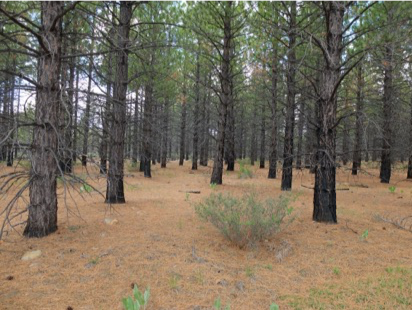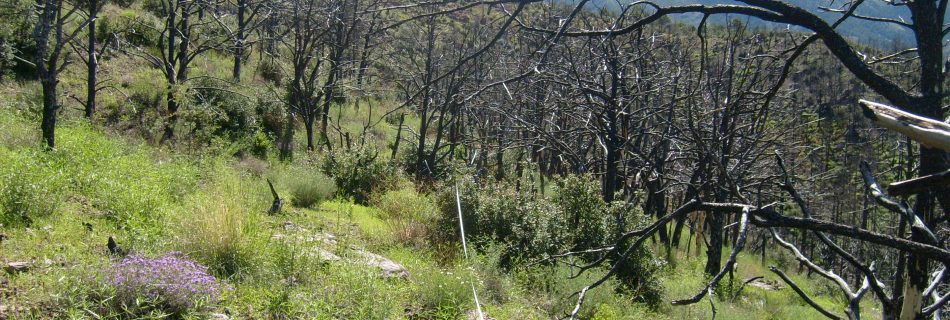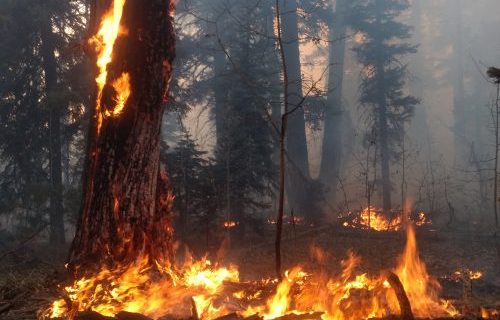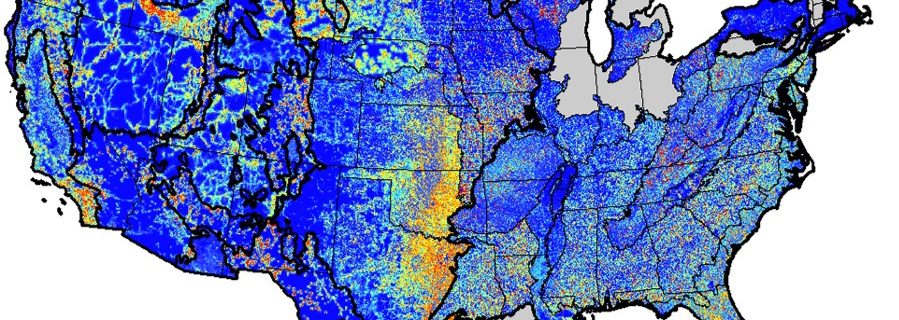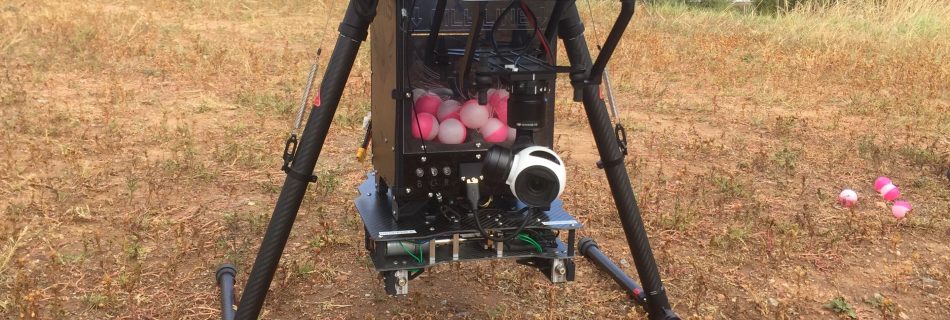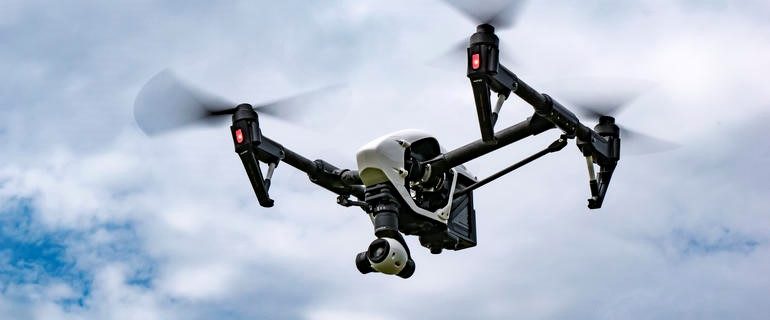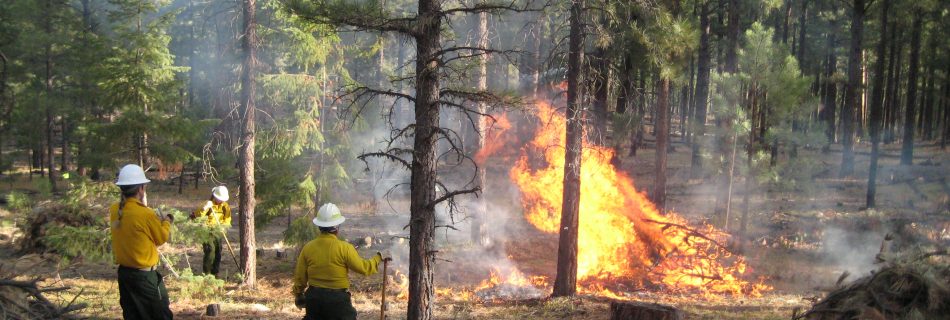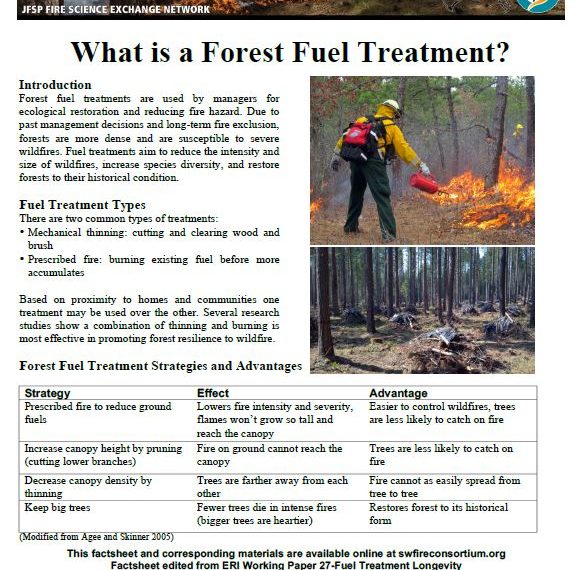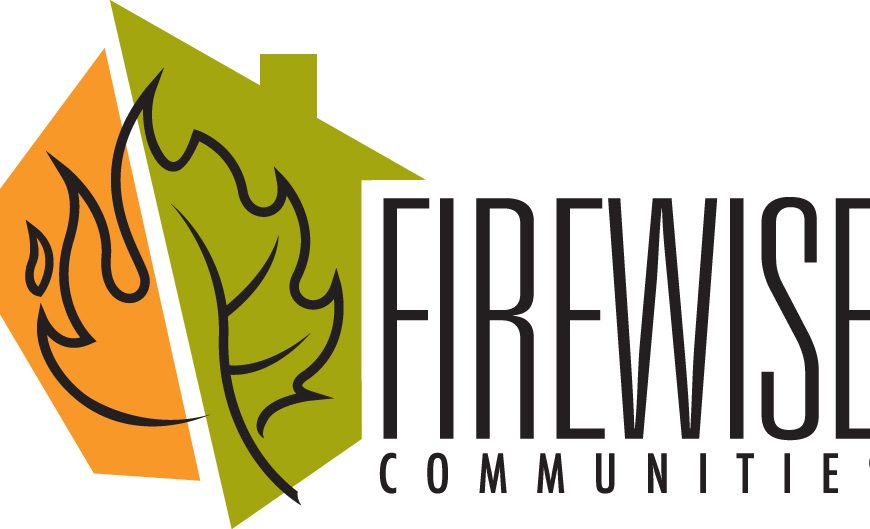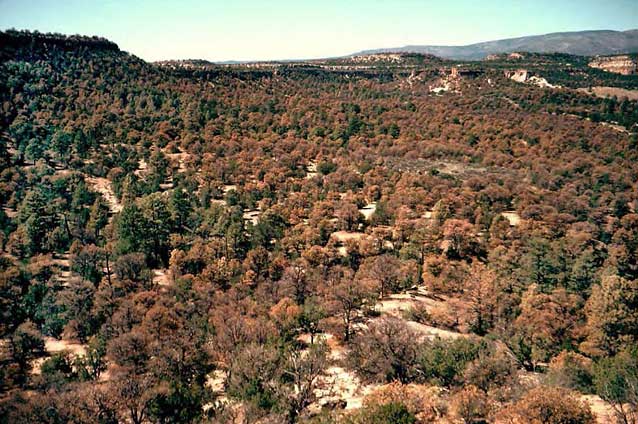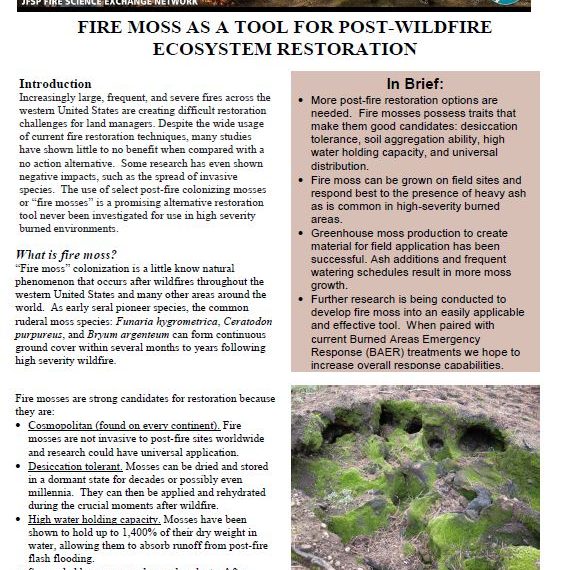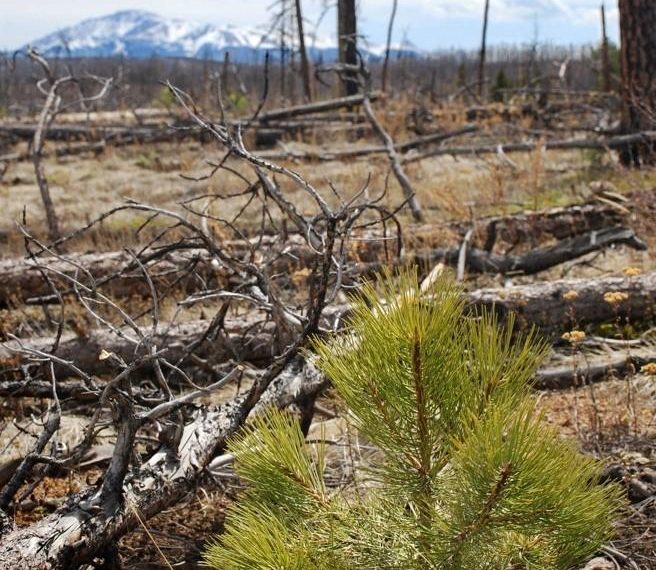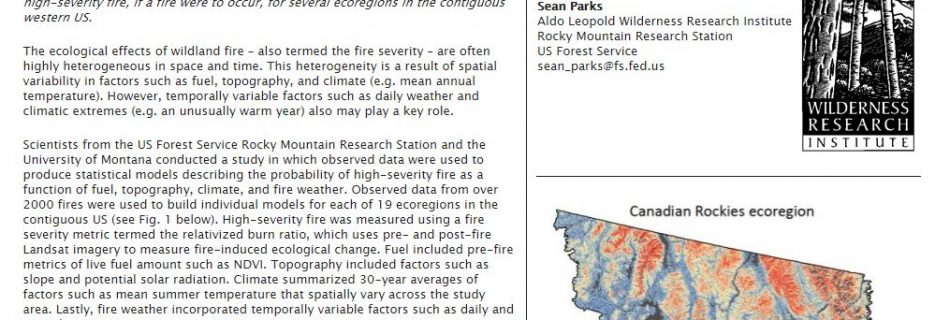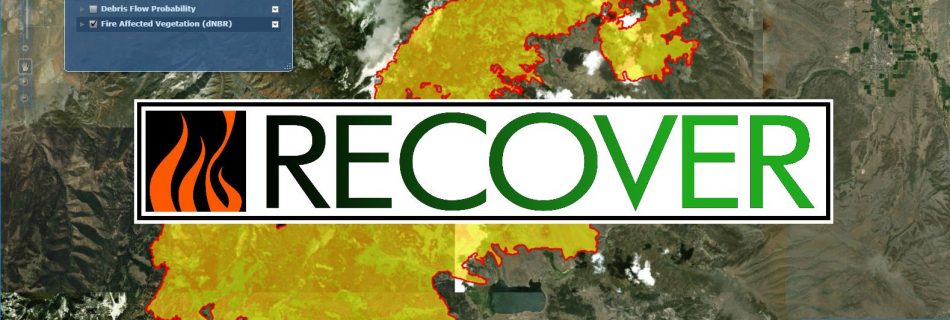Land managers are challenged to protect cultural resources within the context of reintroducing fire on the landscape. Positive relationships and partnerships are essential to effective management. View the YouTube video here.
May 2, 2019: New reforestation practices for post-wildfire landscapes- building early resilience
Presenter: Jens Stevens, PhD, US Geological Survey Date: May 2, 2019 11am AZ/12pm MDT The increasing frequency and severity of fire and drought events have negatively impacted the capacity and success of reforestation efforts in many dry, western forests. Challenges to reforestation include the size, cost, and safety concerns of replanting large areas with standing …

